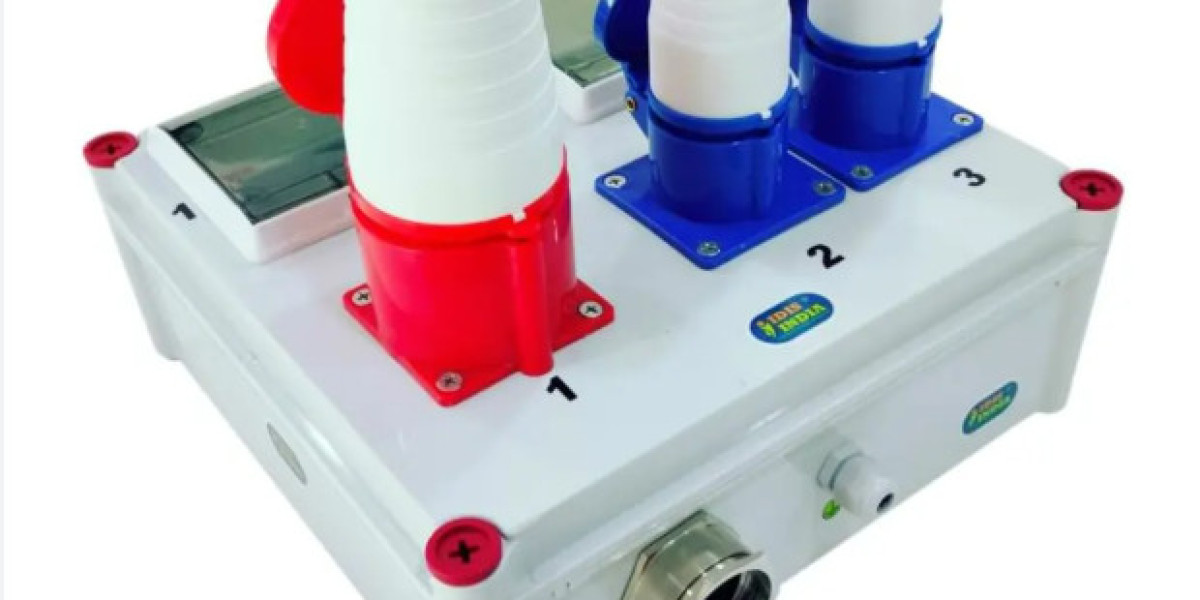As electric vehicles (EVs) surge toward mainstream adoption, a critical challenge looms: charging deserts. Urban highways jammed during holiday rushes, rural clinics relying on electric ambulances, and disaster zones left powerless after storms all highlight the fragility of fixed infrastructure. Enter the portable industrial socket box —a compact, weatherproof powerhouse redefining energy access. Designed for agility, these units are emerging as the unsung heroes of the EV revolution, ensuring no driver is left stranded.
Solving the Charging Desert Crisis
While governments invest in permanent charging networks, progress remains slow. Coastal resorts face summer charging queues, and remote regions lack grid connectivity entirely. Traditional stations are costly and inflexible, but portable solutions thrive here. Built with IP67-rated casings, these units withstand monsoons, desert heat, and subzero temperatures, making them ideal for pop-up charging hubs at festivals or roadside emergencies. Their modular design allows stacking to meet surging demand—whether powering a fleet of electric buses or a weekend farmers’ market .
Disaster Resilience: Power When Grids Fail
Climate disasters like hurricanes and wildfires increasingly test energy systems. When Puerto Rico’s grid collapsed after storms, solar-powered portable industrial socket boxes kept mobile clinics and evacuation vehicles running. These units store energy during daylight and release it during blackouts, doubling as emergency reserves. Firefighters in California now deploy them to recharge electric utility trucks on wildfire frontlines, proving that resilience isn’t just about strength—it’s about adaptability .
Enabling the Green Workforce Revolution
Construction sites and logistics hubs are going electric, but fixed charging isn’t feasible for mobile operations. Imagine highway crews using portable units to recharge electric excavators overnight, eliminating diesel fumes. Last-mile delivery companies install them in parking lots, transforming idle spaces into micro-depots. This flexibility supports industries transitioning to zero-emission machinery without upfront infrastructure costs—a key step toward meeting corporate ESG targets .
Circular Innovation: Cutting Waste Without Compromise
Critics argue portable tech risks e-waste, but next-gen designs counter this. Units now integrate recycled polymers and modular components that disassemble for upgrades or recycling. Solar-ready models reduce grid reliance, while blockchain-tracked materials ensure ethical sourcing. Such innovations align with tightening EU regulations on recyclability, turning temporary solutions into sustainability milestones .
The Future: Smarter, Lighter, Connected
Tomorrow’s iterations may embed AI to predict charging demand at events or sync with smart grids. Imagine drones airlifting socket boxes to flood-stranded communities or mining sites. For now, these units exemplify how agility and durability can coexist—a lesson for industries navigating the EV transition.
For those ready to bridge today’s gaps while future-proofing for tomorrow, www.nante.com delivers solutions where industrial resilience meets sustainable innovation.








